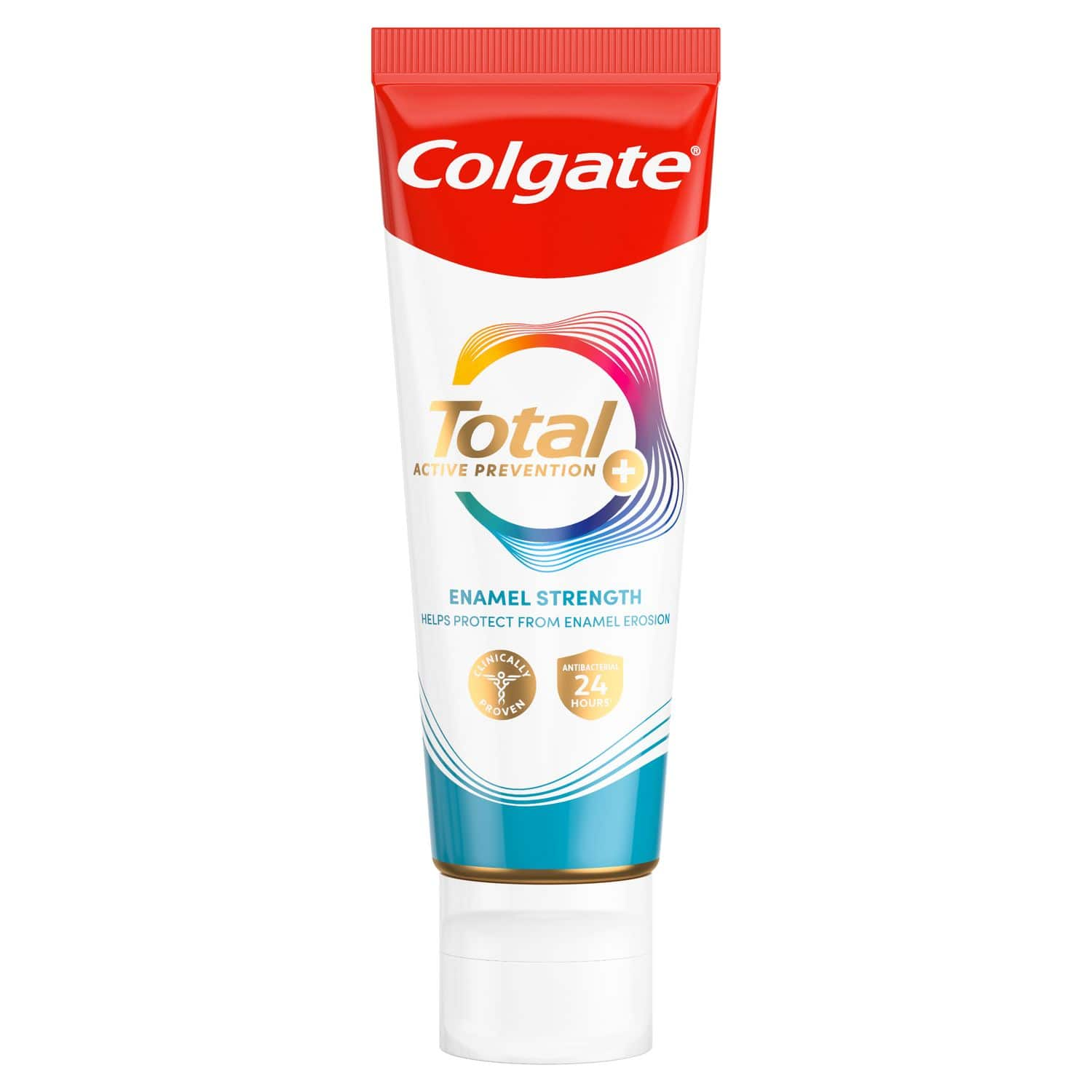Instant Teeth Whitening Treatments With Your Dentist
Professional whitening treatments are the real deal. Your dentist can prescribe a whitening treatment specific to your teeth, including creating an imprint of your teeth for a custom whitening tray or an in-practice whitening treatment. An in-practice whitening treatment typically takes more than one visit. Each visit can take 30 to 90 minutes, depending on what your dentist thinks is best. According to the NHS, your dentist may use light- or laser-activated teeth bleaching, which takes only around one hour.
Once you've got teeth whitening from your dentist, you may try an at-home, over-the-counter product for maintaining your sparkling smile. The NHS reports that in-practice whitening methods tend to be safer and more effective than what you can buy in shops. Here is how in-practice treatments typically work:
- Your dentist applies a gel to your gums to protect them from the bleaching agent.
- Then, they use a bleaching agent – concentrated hydrogen peroxide – on your eight front teeth.
- Then, your dentist shines a special light on your teeth to enhance its whitening effect.
- Within one hour, your teeth can appear several shades brighter.
Portable Teeth Whitening Systems You Can Do at Home
You have probably seen teeth whitening strips, paint-on teeth whitening gel, whitening toothpaste, brushes, trays, and pens on the shelves at pharmacies. These products are often affordable and easy to do in the evenings at home. While they may not be as effective or as fast as whitening treatments with your dentist, they can noticeably whiten your teeth.
How Teeth Whitening Toothpaste Works
Whitening toothpaste is a good option for safely whitening your teeth while maintaining your regular oral care routine. Whitening toothpaste is formulated with a low percentage of hydrogen peroxide to whiten teeth. These over-the-counter toothpaste types typically take four weeks of daily use to see a noticeable difference in shade. Whitening toothpaste can maintain in-practice whitening treatments and can protect against cavities, just like other toothpaste types.
How to Use Portable Toothbrushes for Surface Stains
There are even teeth-whitening products you can carry with you on-the-go! Portable toothbrushes are small and don't require water or rinsing so that you can use them anywhere. These brushes can take care of surface stains before they set in, such as after eating or drinking berries, red wine, or coffee.
Doing At-Home Whitening Kits
You can also ask your dentist for an at-home gel treatment. At-home treatment may take longer than the immediate in-practice treatment, but it's more convenient and comfortable. For this treatment, your dentist sends you home with a tray that is full of whitening gel. You wear this tray for a set period in the evenings, like while watching TV or reading. You may have to wear these trays for two to four weeks, depending on your dentist's recommendations. However, these trays are typically prescription-strength whitening and can have fantastic results.
There are over-the-counter whitening gel trays available in shops too. Keep in mind that these are not prescription-strength whitening, but you can see results over time.
Portable Whitening Pens
Whitening pens are becoming a new accessible, portable method for teeth whitening. Just like toothbrushes, whitening pens can easily travel. Whitening pens contain hydrogen peroxide gel you brush on after brushing. The gel dries quickly and can be applied anywhere, no need to wait for a free evening at home like using the gel trays.
Other Teeth Whitening Tips
According to the British Dental Bleaching Society, teeth whitening will last better if you follow these tips:
- Keep up with dentist appointments to ensure your teeth and gums are healthy
- Remember that teeth whitening solutions will not whiten crowns or fillings
- Avoid staining foods and drinks like berries, coffee, red wine, and tea during and after the whitening treatment
- Avoid tobacco products
While there are several teeth whitening options available in shops, your dentist will know which whitening option is best. Ask your dentist, dental therapist or dental hygienist for recommendations if you need an at-home, affordable option.
ORAL HEALTH QUIZ
What's behind your smile?
Take our Oral Health assessment to get the most from your oral care routine
ORAL HEALTH QUIZ
What's behind your smile?
Take our Oral Health assessment to get the most from your oral care routine













